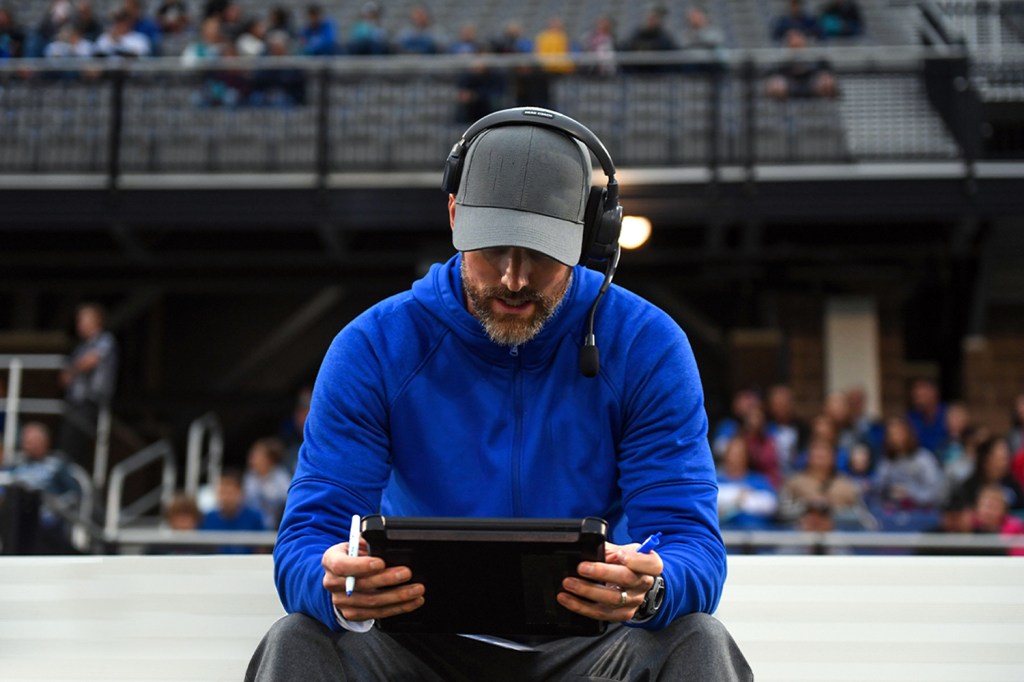Reports This Month
- Scouting Report: The Evolution of Consumer Wearables
- Heat Check: The Gaming Industry at a Glance
- Heat Check: Crypto: Building the Disney of NFT Companies through M&A
- Heat Check: Consumer Spotlight: Fan Behavior in the Digital Age
One Big Thing
This past week, Lululemon posted its fiscal 2021 earnings, and the athleisure giant did not disappoint. The company surpassed $6 billion in annual revenue for the first time in its history on the heels of weak economic data. The athletic apparel retailer generated $2.1 billion in revenue in Q4 2021, a 23% increase compared to the same period the year prior, behind growth across all business segments.
- Full-year revenue reached $6.3 billion, a 42% increase year-over-year.
- Company-operated store revenue increased 70% compared to FY2020.
- Revenue grew by 40% in North America and increased 53% internationally.
- It repurchased 2.2 million shares at an average price of $369.16 per share.
One of the retailer’s more notable investments was in brick-and-mortar stores. Lululemon opened 22 new, company-operated brick-and-mortar locations during the quarter, bringing its total to 574 stores worldwide. Most importantly, these company-operated stores continue to grow in revenue in a post pandemic world.
Footwear could also be a potential revenue driver in the future. Earlier this month, Lululemon stepped into footwear with the launch of The Blissfeel, the company’s first women’s running shoe, which retails for $148. Lululemon plans to release three additional lines of women’s footwear and will unveil men’s footwear in 2023.
The functional sneaker market has boomed since the onset of the pandemic, as more consumers have opted either for exercise or for more comfortable shoes while working from home.
The footwear category has shown some serious traction in the past 24 months. Competitors ranging from giants Nike and On Running to niche brands Allbirds, which also makes a running shoe, have all made significant moves to build brands and fortify distribution strategies.
Lululemon has been looking to get into the footwear game for a while now. Back in 2019, before the pandemic, CEO Calvin McDonald said the company saw a whitespace in the shoe market. He hinted that at some point Lululemon would begin selling its own footwear, building on the success it had with APL.
Athletic footwear sales in the United States grew 17% for men and 24% for women in 2021 compared with 2020 levels, according to data from market research firm NPD Group.
Athleisure Market Tailwinds
Over the last two decades, Lululemon has built a reputation as a best-in-class fitness-apparel retailer, outperforming the S&P Retail Index by 260% over the last five years.
The company has achieved its success primarily through brand awareness. While this would typically show up as an intangible asset on a balance sheet, Lulu’s brand has become ubiquitous with the market.
A term that describes this attribute is “mindshare.” Having mindshare causes people to associate a company’s reputable image with the best of a certain product. The Lululemon brand is now synonymous with premier fitness apparel and athleisure.
As it turns out, it’s good to be associated with the athleisure market. The remote working economy will help spur the continued adoption of athleisure apparel.
According to a recent Gallup poll, “45% of full-time US employees worked from home either all (25%) or part of the time (20%) in September” 2021. This is true across the globe as well, with Gartner estimating that 31% of worldwide workers will be remote in 2022.

